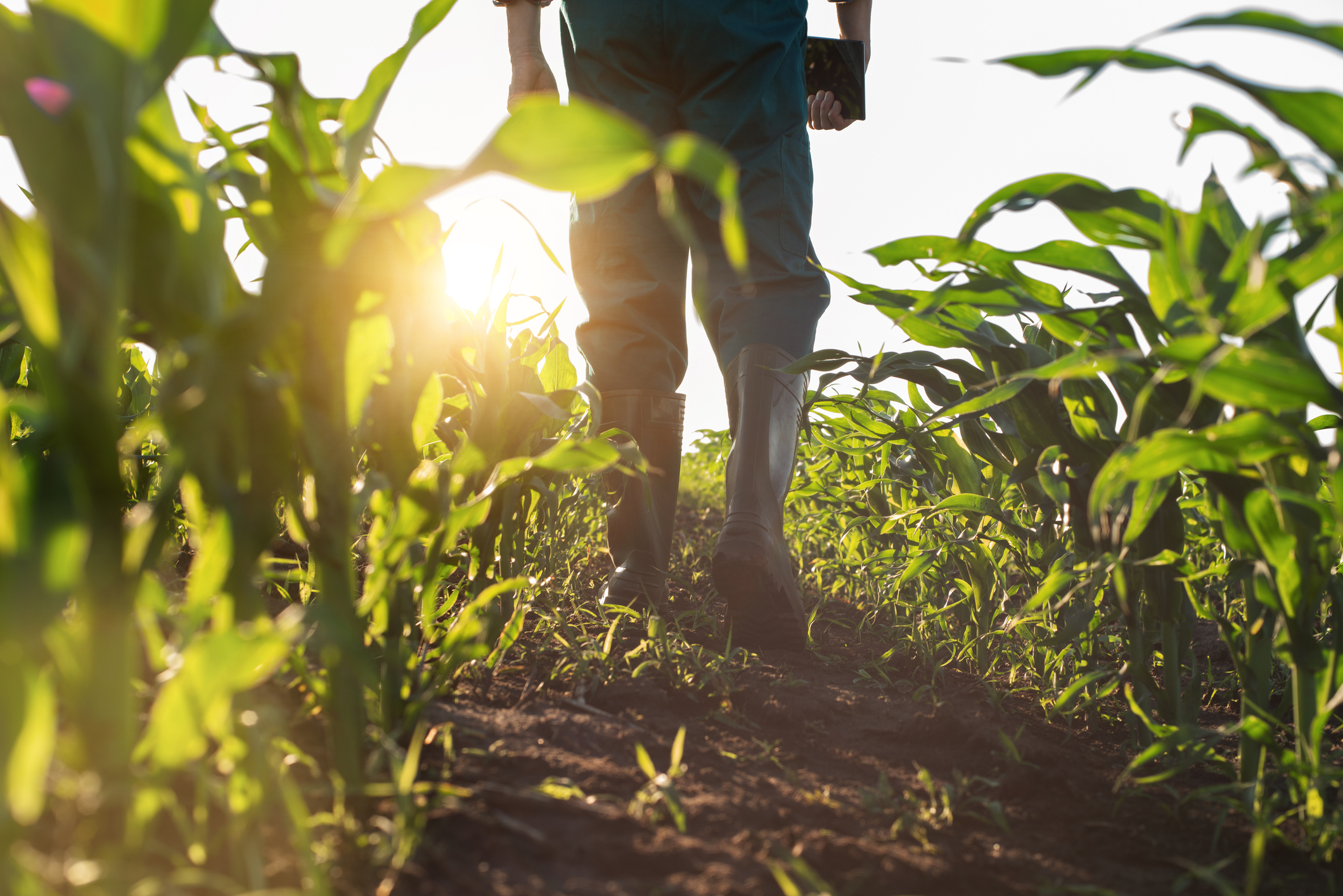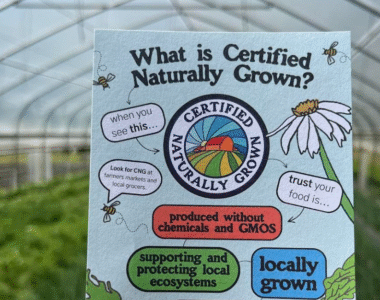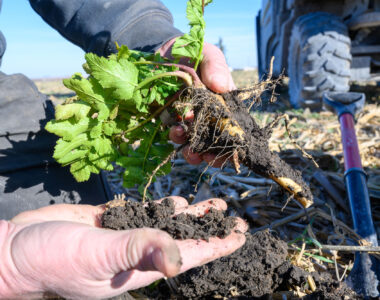
In our fast-paced, convenience-driven world, many Americans have lost touch with something essential—understanding where food comes from. The average grocery shopper rarely considers the hands that planted, raised, or harvested what’s in their cart. This disconnect between consumer and farm has quietly grown for decades, and it’s starting to show.
What Kids (and Adults) Don’t Know
Recent surveys reveal how little many children know about food origins:
- Over 40% of young children believe bacon and hot dogs grow on plants.
- Nearly half of elementary students thought French fries came from animals.
- Many also misidentified common foods like cheese and pasta, linking them to incorrect sources.
These statistics are more than just surprising—they highlight a larger trend: fewer people are being taught where food really comes from.
And it doesn’t stop at childhood. Most adults shop with convenience in mind, not connection. Farmers markets have become “seasonal outings” rather than a practical way to source groceries. Going to a farm is now seen as a charming family photo op instead of a chance to shake the hand that feeds you.
Why It Matters
- We undervalue the farmers who sustain us.
- We overlook the importance of supporting local economies.
- We normalize relying on long-distance supply chains instead of our neighbors.
When we lose sight of how our food is grown and raised, the consequences reach far beyond our grocery carts.
For farmers, this disconnect can be devastating. When consumers don’t understand where food comes from, they’re less likely to value the hard work, time, and resources it takes to grow it. This often leads to pricing pressures, unrealistic expectations, and less support for small, local farms. As a result, many farmers struggle to make ends meet—especially when they’re competing with massive corporations that can undercut prices through industrial-scale production and international sourcing.
But it’s not just farmers who suffer—our society does too. When people lack basic food literacy, we lose an essential part of our culture and our independence. We become reliant on faraway supply chains, blind to the environmental and ethical implications of how our food is made. This loss of understanding where food comes from weakens our ability to make informed choices, support sustainable practices, and advocate for food policies that benefit communities instead of just corporations.
On a broader scale, the disappearance of local farms means the disappearance of open land, biodiversity, and regional food security. Without a thriving local food system, we’re more vulnerable to disruptions—whether from supply chain breakdowns, climate events, or economic instability.
Knowing where your food comes from shouldn’t be a niche interest—it should be a shared value. When we understand the story behind what we eat, we’re more likely to support practices that are ethical, sustainable, and local. And when consumers value their farmers, farmers can keep doing what they do best: growing the food that feeds us all.
Reconnecting Through Better Access
Many people want to shop local—they just don’t know where to start. That’s where platforms like Farm Trader come in. We’re making it easier than ever to find and buy from farms near you. When we make local food just as accessible as big-box groceries, people change their habits, and communities thrive.
Understanding where food comes from doesn’t have to be complicated. It starts with education, access, and the willingness to look a little closer at what’s on our plates.



